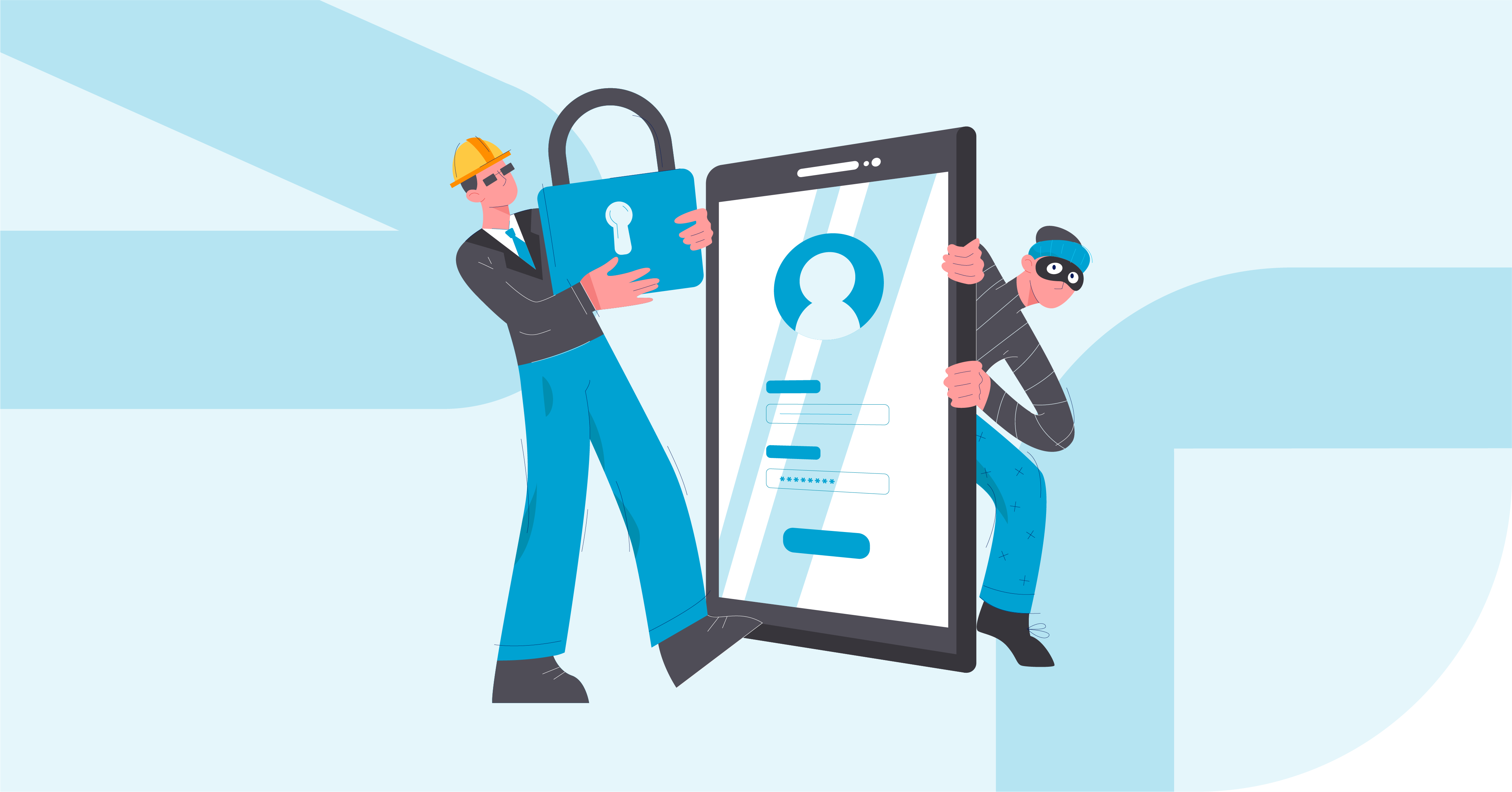Threat detection aims to identify anything that could harm your system, applications, or network before it is deployed. For example, this could be unusual activity within your organization's system, such as someone trying to gain unauthorized access to restricted parts. After you have identified a potential threat, the next step is to neutralize the cyber-attack before it escalates, such as a data breach.
Keep reading this blog to learn more about threat detection, such as:
- What your threat detection solution looks like
- Data that monitoring collects
- How your organization can master threat detection!
Your Threat Detection Solution
Threat detection can notify you of certain kinds of abnormalities and potentially dangerous behaviors. When an alarm is raised, the security team may take the following actions such as:
-
Validating threats
-
Eliminating false positives
-
Browsing recorded data
RELATED COURSE
Open Source Security for your Java Application
Ut enim ad minim veniam, quis nostrud exercitation ullamco laboris nisi ut aliquip ex ea commodo consequat. Duis aute irure dolor in reprehenderit in voluptate velit.
To simplify, the security team can validate intrusion reports and conduct regular inspections on the targeted platform for signs of infiltration.
To learn more about threat detection, read about how to stay ahead of advanced threats.
In your threat detection solution, employing threat monitoring for suspicious activities, such as unwarranted intrusions and unauthorized data transfers (data extrusion) on your networks and endpoints
As part of your threat detection solution, you may employ threat monitoring to monitor your networks and endpoints for suspicious activities like unwarranted intrusions and unauthorized data transfers (data extrusion).
Three Forms of Data which Monitoring Collects
Log Data
This is any data written onto a log file. Recording data with events and time stamps, it provides a record of the transactions in your IT environment. Logging is also a principle of security by design.
Asset Data
Asset data is also collected, this form of data is transferred from an asset, such as a CPU, as well as memory information from processes and applications which run on a node in an IT environment.
Network Data
This refers to data specific to network performance bandwidth, network connection details, etc.
Although the cloud aggregates account and network activity and facilitate its gathering, security teams may find it time-costly to constantly monitor event log data for signs of a potential breach. There are, however, cost-effective solutions, such as GuardDury.


Learn More in Our Related Course!
If you want to learn about more tools and develop strategies for protecting your company’s cloud, Everable provides an AWS Threat Detection & Monitoring course for your team, where you’ll develop skills in:
-
What threat detection and monitoring are.
-
How to practically implement your own threat detection strategy on AWS.
-
How to use cloud-specific and cloud-agnostic tools as part of your threat detection strategy.
-
How to fix security misconfigurations that you have detected through your threat detection strategy.
You can find more tools in our course AWS Threat Detection & Monitoring.
"Threat detection can notify you of certain kinds of abnormalities and potentially dangerous behaviors."
